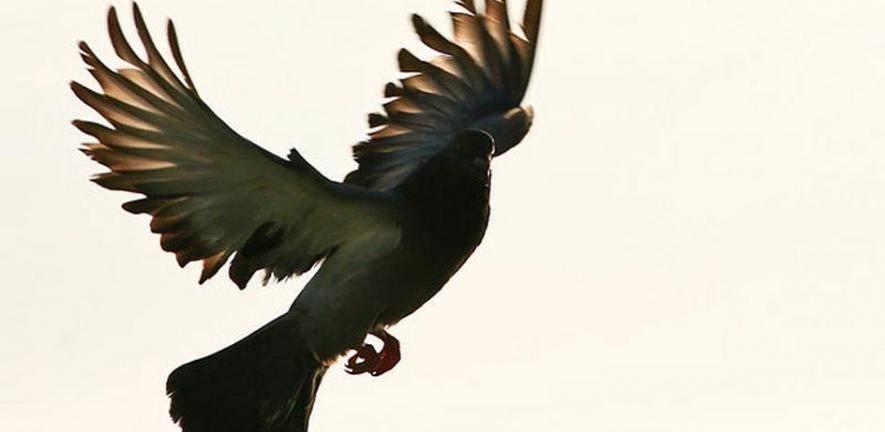
Nicola Clayton, Professor of Comparative Cognition, has collaborated with the world-famous Rambert Dance Company to produce a contemporary dance based on the works of Charles Darwin. In the video highlighted below, she discusses the scientific inspirations behind the contemporary ballet piece, The Comedy of Change.
Nicola Clayton, Professor of Comparative Cognition, has collaborated with the world-famous Rambert Dance Company to produce a contemporary dance based on the works of Charles Darwin. In the video highlighted below, she discusses the scientific inspirations behind the contemporary ballet piece, The Comedy of Change.
I have always been fascinated by the showy displays of clever birds and their extravagant dances but this opportunity has inspired me to think in new ways.
Professor Nicola Clayton
"Darwin and dance? For me the connection is clear, thanks to the birds," says the Professor at the Department of Experimental Psychology. The new Darwinian-inspired ballet, on which Professor Clayton was the scientific advisor, marks the bicentenary of Darwin's birth.
As a world-renowned leader in animal cognition, she has published groundbreaking research revealing the cognitive ability of birds in the corvid family, which includes crows, jays and ravens. In previous studies she has shown that crows not only hide their food to prevent it being eaten by other birds but then remember where they hid the food.
Stephen Keynes, Chairman of the Charles Darwin Trust and one of Charles Darwin's great grandsons, introduced her to Mark Baldwin, the artistic director of Rambert Dance Company, and allowed her to fuse two great passions of her life, birds and dancing.
She explains: "I have always been fascinated by the showy displays of clever birds and their extravagant dances but this opportunity has inspired me to think in new ways. As the Scientifc Advisor of Rambert Dance Company's Creative Team, my role has been to distill Darwinian ideas about evolution into key principles that inform and inspire movement, energy and musicality."
The concept of sexual selection is one of Darwin's most celebrated theories and is the reason behind the birds' amazing dance skills. Using different examples from around the globe, she also highlights the important role of dance in the natural world. This is most prominent in some species of birds where males perform dazzling dance shows in order to attract a female to mate.
Professor Clayton has used three contradicting principles from her research and nature to act as central themes of the performance:
• Same but different
• Past and future
• Conceal and reveal
All of the above paradoxes can be illustrated in nature by studying the behaviour of the six-plumed Bird of Paradise. Whilst in the forest, the male's beautiful feathers are concealed to help them camouflage into the background. However, once they perform to potential female mates, they display the most vibrant colours in nature. They are the ultimate showmen; different males have very different dancing abilities and it is their dancing skills that are all important in being chosen by a female.
Professor Clayton concludes: "Some male birds have dancing skills that rival even the most impressive of professional dancers."
An article about her collaboration with the ballet by Professor Clayton will appear in the 15th September edition of Current Biology.
Additional research:
Professor Clayton also has a paper out now in the journal Biology Letters which highlights her fascinating research. She discovered that when a competitor can hear but not see what is going on, scrub-jays keep as quiet as possible and choose the least noisy place they can find to hide the food. Additional information can be found by visiting the BBSRC webpage linked above right.
This work is licensed under a Creative Commons Licence. If you use this content on your site please link back to this page.





